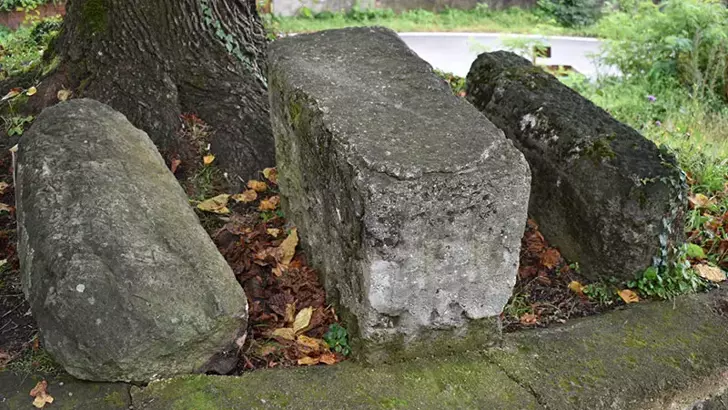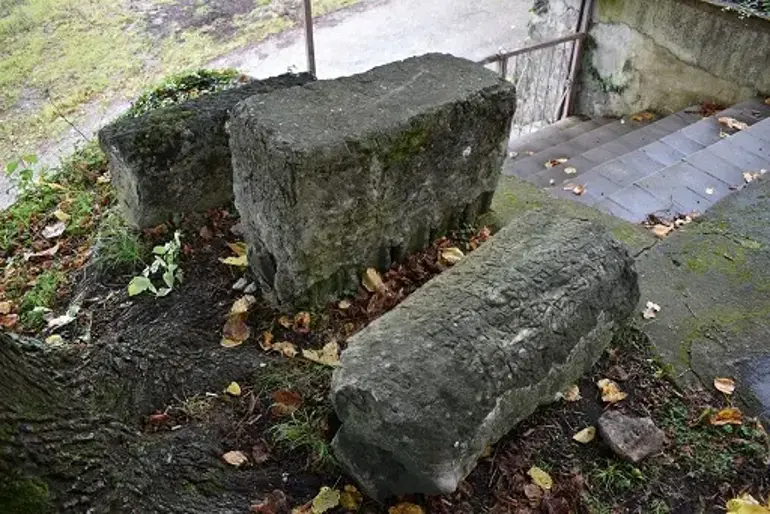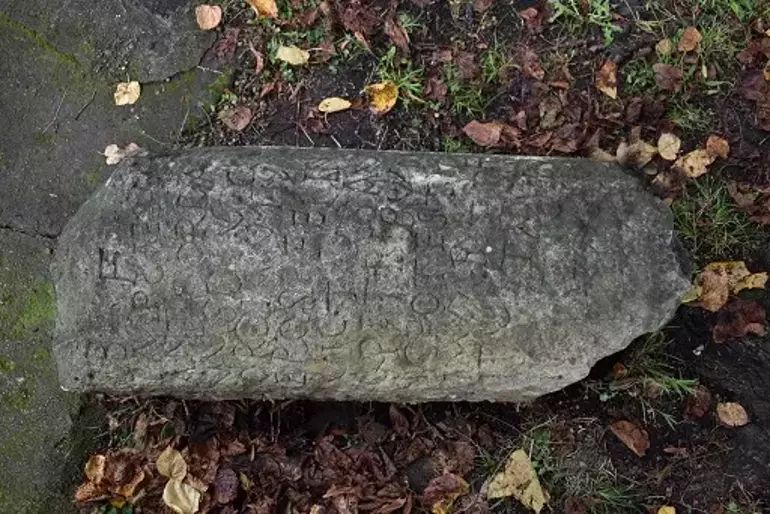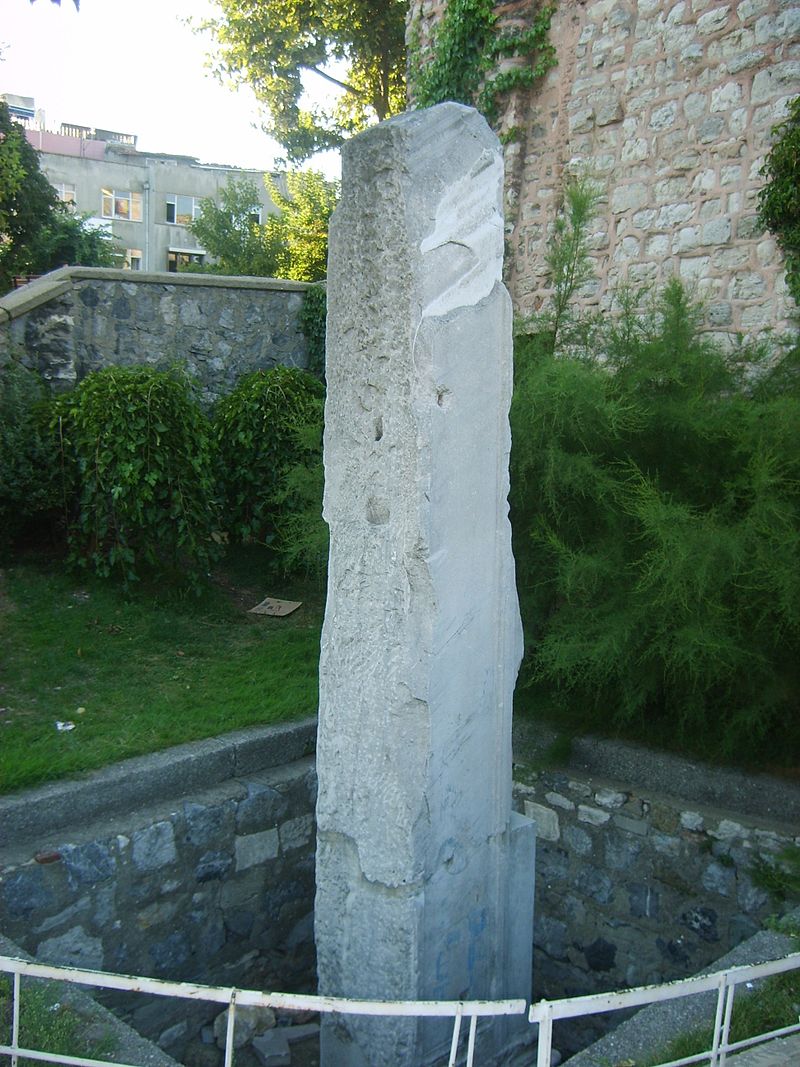
The stone that people have been sitting on for years has turned out to be a milestone from the era of Roman Emperor Gordian III
In the Fatsa district of Ordu province in northeastern Türkiye, a milestone dating back to 239 AD, belonging to the Roman Emperor Gordianus III period, was found.
It was determined that the 1800-year-old milestone was used as a seat by the mosque congregation and citizens for years.
The milestone was discovered as a result of the denunciation of Aydın Bal, a literature teacher at Fatsa Cahit Zarifoğlu High School.

Fatsa Municipality Culture Director Cevat Erbil and Ordu University Art History Department Lecturer Assoc. Prof. Dr. Seçkin Evcim determined that the stone was a Roman milestone.
📣 Our WhatsApp channel is now LIVE! Stay up-to-date with the latest news and updates, just click here to follow us on WhatsApp and never miss a thing!!
The inscription on the stone was translated by Prof. Dr. Hüseyin Sami Öztürk, an epigraphy and linguistics expert from Marmara University. In the translated stone inscription, it was seen that the name of the emperor was honored and that this road was rebuilt by the emperor.
Assoc. Prof. Dr. Seçkin Evcim stated that they think that the stone was erected for the construction of a natural harbor road between Bolaman and Yalıköy during the Roman period and said, “The stone found in the second mile of this road was erected for the construction of a natural harbor road between Bolaman and Yalıköy. Unfortunately, the stone was not in its original place; it was found in the 1970s while the foundation of the mosque was being laid and then it was tilted on its side and used for seating.”

Milestones of Ancient World: Roman Milestones
Roman milestones, known as “milliarium”, served as important markers along the Roman Empire’s vast road network. These stone markers indicated the distance to the nearest town or city, helping travelers navigate their way through the vast and complex system of Roman roads.
Usually spaced at intervals of one Roman mile (about 1,480 meters or 4,850 feet), these milestones were inscribed with information such as the distance to the next destination, the name of the road, and sometimes the name of the emperor or the official responsible for its construction.

Milestones not only facilitated travel and trade, but also played a role in the administration of the empire, as they provided a means of measuring distances for taxation and military logistics. Many of these milestones have survived and provide valuable insights into the engineering, culture and history of ancient Rome.
In general, Roman milestones are a testament to the sophistication of Roman infrastructure and their impact on the connectivity of the ancient world.
Characteristics of Milestones
They were usually made of marble because it was durable and workable.
They were engraved with information such as the distance of the road to Rome in Roman numerals, the name of the emperor, and the date of construction or repair of the road.
Some milestones had symbols such as a portrait of the emperor or a statue of Mercury, who was considered the god of the road.
They could be rectangular or cylindrical.
You may also like
- A 1700-year-old statue of Pan unearthed during the excavations at Polyeuktos in İstanbul
- The granary was found in the ancient city of Sebaste, founded by the first Roman emperor Augustus
- Donalar Kale Kapı Rock Tomb or Donalar Rock Tomb
- Theater emerges as works continue in ancient city of Perinthos
- Urartian King Argishti’s bronze shield revealed the name of an unknown country
- The religious center of Lycia, the ancient city of Letoon
- Who were the Luwians?
- A new study brings a fresh perspective on the Anatolian origin of the Indo-European languages
- Perhaps the oldest thermal treatment center in the world, which has been in continuous use for 2000 years -Basilica Therma Roman Bath or King’s Daughter-
- The largest synagogue of the ancient world, located in the ancient city of Sardis, is being restored











Leave a Reply